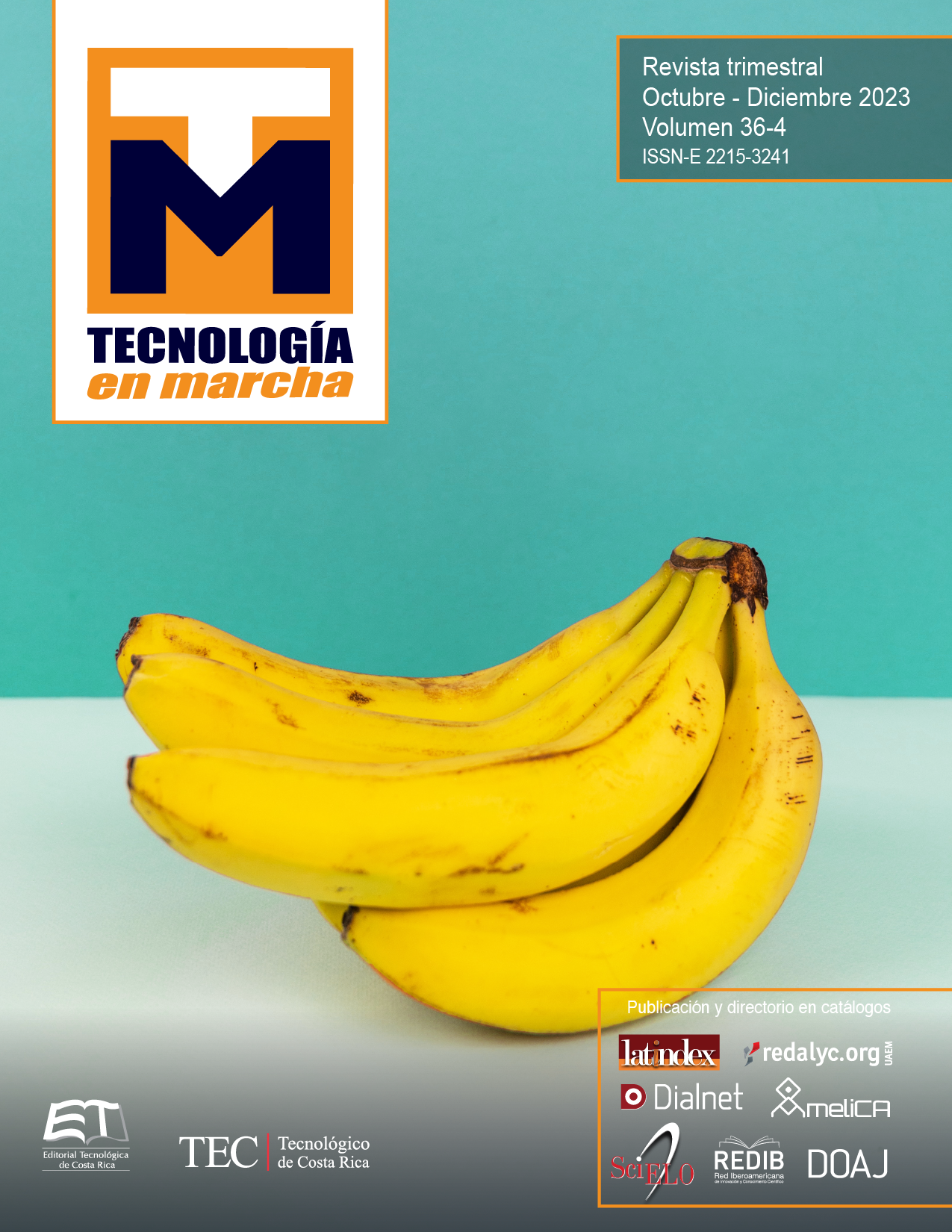Chromatic management in the evaluation of melanocytic lesions
Main Article Content
Abstract
One of the most widespread criteria in the assessment of images of pigmented melanocytic lesions is the ABCDE method, in which color (C) is one of the relevant issues. However, most of its assessment is subjective, rarely considering the multiple factors that may affect image capture, processing, or observation, as well as human limitations and perceptual differences. This particularity can affect the early detection, diagnosis, and treatment of this type of skin lesions. With the development of diagnostic tele-dermatology and increasingly sophisticated AI algorithms, there is a need for objective procedures that optimize image processing so, it supports health professionals and effectively impact the increasing rates of melanomas. The purpose of this study is to provide a chromatic assessment methodology based on the CIEL*a*b* system and, better practices in image chromatic management, simplifying the procedures to a group of healthcare professionals who are not necessarily familiar with using color as an objective diagnostic tool.
Article Details

This work is licensed under a Creative Commons Attribution-NonCommercial-NoDerivatives 4.0 International License.
Los autores conservan los derechos de autor y ceden a la revista el derecho de la primera publicación y pueda editarlo, reproducirlo, distribuirlo, exhibirlo y comunicarlo en el país y en el extranjero mediante medios impresos y electrónicos. Asimismo, asumen el compromiso sobre cualquier litigio o reclamación relacionada con derechos de propiedad intelectual, exonerando de responsabilidad a la Editorial Tecnológica de Costa Rica. Además, se establece que los autores pueden realizar otros acuerdos contractuales independientes y adicionales para la distribución no exclusiva de la versión del artículo publicado en esta revista (p. ej., incluirlo en un repositorio institucional o publicarlo en un libro) siempre que indiquen claramente que el trabajo se publicó por primera vez en esta revista.
References
Ureña Vargas, M. J., Sánchez Carballo, R., Kivers Bruno, G. Cerdas Soto, D., & Fernández Angulo V. “Cáncer de piel: revisión bibliográfica” Revista Ciencia Y Salud Integrando Conocimientos, Vol. 5, Num. 5 (2021), Pág. 85-94. https:// doi.org/10.34192/ciencia y salud.v5i5.347
Zekayi K., Burhan E., Server S. and Yalçın T. “Current Management of Malignant Melanoma: State of the Art”; Chapter 4; IntechOpen Books Series pp. 69 (2013).
Glenn Merlino et. All. “The state of melanoma: challenges and opportunities”; Journal of Pigment Cell & Melanoma Research, Vol. 29 Issue 4; pp. 404-416, (2016).
Naomi Ch. Et all. “Teledermatology for diagnosing skin cancer in adults”; The Cochrane Library Collaboration. Published by John Wiley & Sons, Ltd. (2018)
A.P. Kassianos,J.D. Emery,P. Murchie,F.M. Walter; “Smartphone applications for melanoma detection by community, patient and generalist clinician users: a review”. British Journal of Dermatology, BJD. 172, pp. 1507-1518, (2015).
Titus J. Brinker et all. “Deep learning outperformed 136 of 157 dermatologists in a head-to-head dermoscopic melanoma image classification task”. European Journal of Cancer 113; 47-54(2019).
David E. Elder et all. “The 2018 World Health Organization Classification of Cutaneous, Mucosal, and Uveal Melanoma” College of American Pathologists, “Archives of Pathology & Laboratory Medicine” Review (2020)
H.P. Soyer, R.P. Braun, G. Argenziano. “First Congress of the International Dermoscopy Society (IDS)” Dermatology Journal pp. 212:265–320, (2006).
European consensus-based interdisciplinary guideline for melanoma. Part 1: Diagnostics e Update European Journal of Cancer (2019)
European consensus-based interdisciplinary guideline for melanoma. Part 1: Diagnostics e Update European Journal of Cancer (2019)
John D. Mollona , Jenny M. Bostenb , David H. Peterzellc , Michael A. Webster. “Individual differences in visual science: What can be learned and what is good experimental practice?” Visión Research. Vol. 141, (2017) Pages 4-15.
Pasmanter N, Munakomi S. Physiology, Color Perception. [Updated 2021 Sep 18]. In: StatPearls [Internet]. Treasure Island (FL): StatPearls Publishing; 2022 Jan-. Available from: https://www.ncbi.nlm.nih.gov/books/NBK544355/
Ellen J. Gerl & Molly R. Morris. “The Causes and Consequences of Color Vision” Evo Edu Outreach (2008) 1:476–486.
Mike Webster. “Environmental Influences on Color Vision” Encyclopedia of Color Science and Technology. Springer Science+Business Media NY (2015) p. 1-6.
Andrew Stockman, “Cone fundamentals and CIE standards”; Behavioral Sciences, 30:87–93 (2019).
P. Capilla, J.M. Artigas, J. Pujol. “Fundamentos de colorimetría”. Ed. Universitat de Valencia, (2002).
O. O. Olugbara, T. B. Taiwo, and D. Heukelman. “Segmentation of Melanoma Skin Lesion Using Perceptual Color Difference Saliency with Morphological Analysis”. Hindawi Mathematical Problems in Engineering Vol. (2018).
Annaby, M.H., Elwer, A.M., Rushdi, M.A. et al. Melanoma Detection Using Spatial and Spectral Analysis on Superpixel Graphs. J Digit Imaging 34, 162–181 (2021). https://doi-org.ezproxy.itcr.ac.cr/10.1007/s10278-020-00401-6
Soumya, R. S., Neethu, S., Niju, T. S., Renjini, A., & Aneesh, R. P. (2016, July). Advanced earlier melanoma detection algorithm using colour correlogram. In 2016 International Conference on Communication Systems and Networks (ComNet) (pp. 190-194). IEEE.

